Tue, March 7, 2023
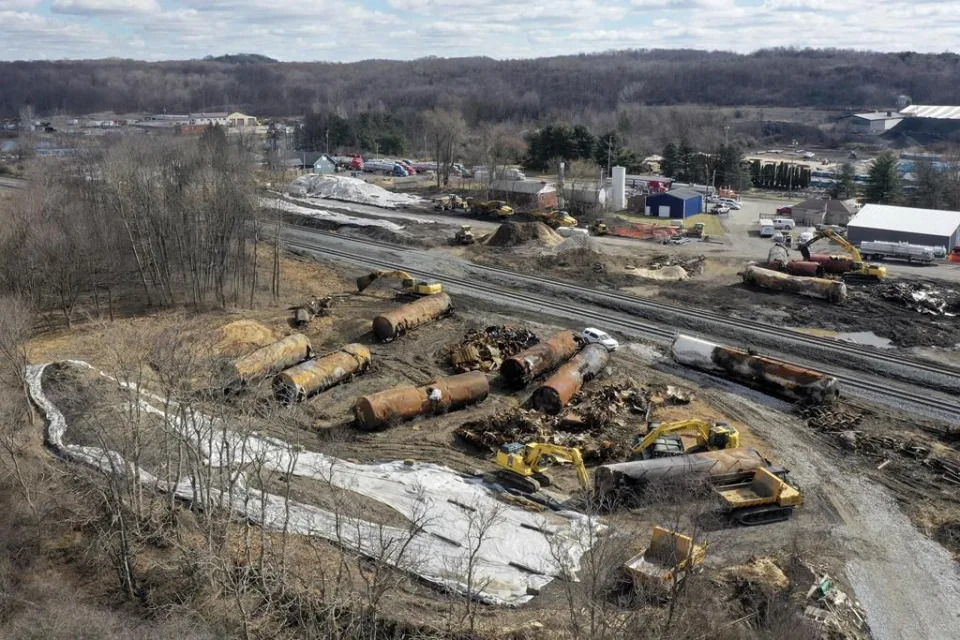
OMAHA, Neb. (AP) — Federal investigators are opening a wide-ranging investigation into one of the nation’s biggest railroads following a fiery derailment on the Ohio-Pennsylvania border last month and several other accidents involving Norfolk Southern, including the death of a train conductor Tuesday.
The National Transportation Safety Board said on Tuesday it will begin a broad look at the company's safety culture — the first such investigation within the rail industry since 2014. The board said it has sent investigation teams to look into five significant accidents involving Norfolk Southern since December 2021.
The agency also urged the company to take immediate action to review and assess its safety practices.
The Federal Railroad Administration also announced its own investigation of Norfolk Southern on Tuesday. The administration will issue a public report after conducting a 60-day safety assessment, according to a release from the U.S. Department of Transportation.
In the release, the railroad administration said Norfolk Southern must go beyond the steps it announced Monday and take actions “that match the severity of recent incidents.”
Norfolk Southern CEO Alan Shaw pledged to hold a series of companywide safety meetings Wednesday — one day ahead of when he is scheduled to testify in Congress at a hearing on the East Palestine, Ohio, derailment.
“Moving forward, we are going to rebuild our safety culture from the ground up,” he said in a statement. “We are going to invest more in safety. This is not who we are, it is not acceptable, and it will not continue.”
In response to the Ohio derailment, the railroad on Monday announced plans to improve the use of detectors placed along railroad tracks to spot overheating bearings and other problems.
Investigators with the National Transportation Safety Board said the crew operating the train that derailed Feb. 3 outside East Palestine, Ohio, got a warning from such a detector but couldn’t stop the train before more than three dozen cars came off the tracks and caught fire.
Half of the town of about 5,000 people had to evacuate for days when responders intentionally burned toxic chemicals in some of the derailed cars to prevent an uncontrolled explosion, leaving residents with lingering health concerns. Government officials say tests haven’t found dangerous levels of chemicals in the air or water in the area.
Within the industry, Norfolk Southern has had a strong reputation for being a safe railroad over the years, said Christopher Barkan, director of the Rail Transportation and Engineering Center at the University of Illinois.
Federal Railroad Administration statistics show accidents involving Norfolk Southern is down since 2019, but the rate of accidents is up over the past decade. The 119 derailments involving Norfolk Southern last year was the lowest number in the last decade. Industrywide, there were more than 1,000 derailments last year.
But pressure has been mounting on the railroad in the aftermath of the East Palestine disaster.
Transportation Secretary Pete Buttigieg told the nation’s freight railroads in February to immediately act to improve safety while regulators were focusing on strengthening safety rules. Buttigieg said the department will hold the railroad accountable for any safety violations that contributed to the Feb. 3 crash.
President Joe Biden said on Twitter after the derailment that the past pattern of railroads resisting safety regulations must change and that Congress should support the effort to improve safety.
Even though government data shows that derailments have declined in recent years, there were still 1,049 of them last year.
While most don’t cause any major problems, of the five accidents the National Transportation Safety Board pointed to involving Norfolk Southern since the end of 2021, three resulted in the deaths of three workers.
On Saturday, no one was hurt when a Norfolk Southern freight train derailed near Springfield, Ohio.
In the latest incident Tuesday, a train and a dump truck collided at a steel plant in Cleveland, killing the train conductor who was standing on the outside of a car, authorities said. The company said the cause of that accident was not yet known.
Eddie Hall, president of the Brotherhood of Locomotive Engineers and Trainmen union that represents the worker who was killed, said the death is a reminder of the need for safety improvements.
“All railroad accidents are avoidable,” Hall said. “This collision underscores the need for significant improvements in rail safety for both workers and the public.”
___
Seewer reported from Toledo, Ohio.
Josh Funk And John Seewer, The Associated Press
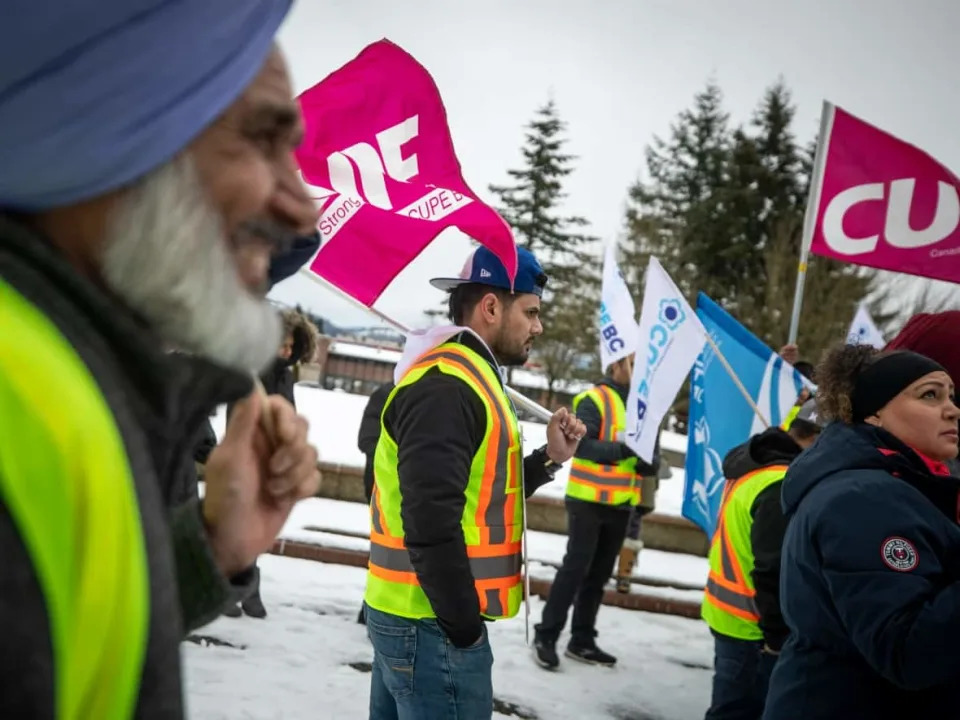
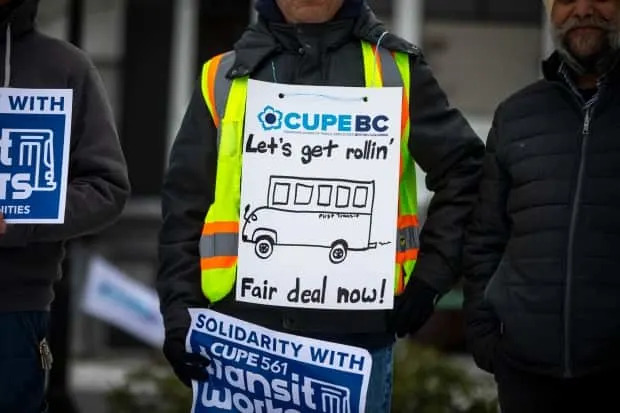


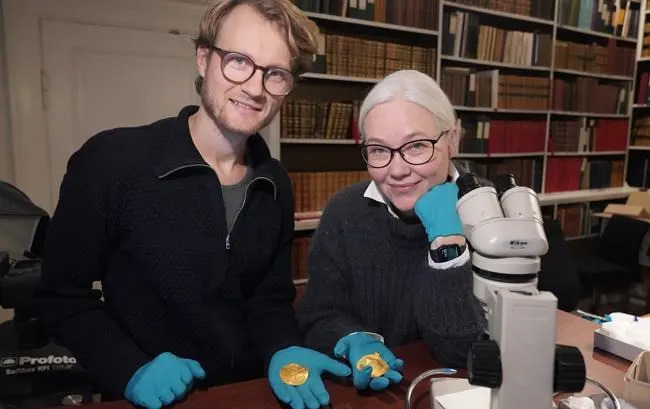




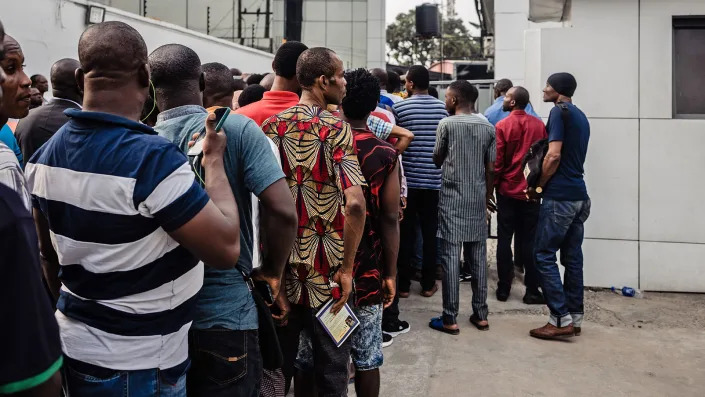



.png)